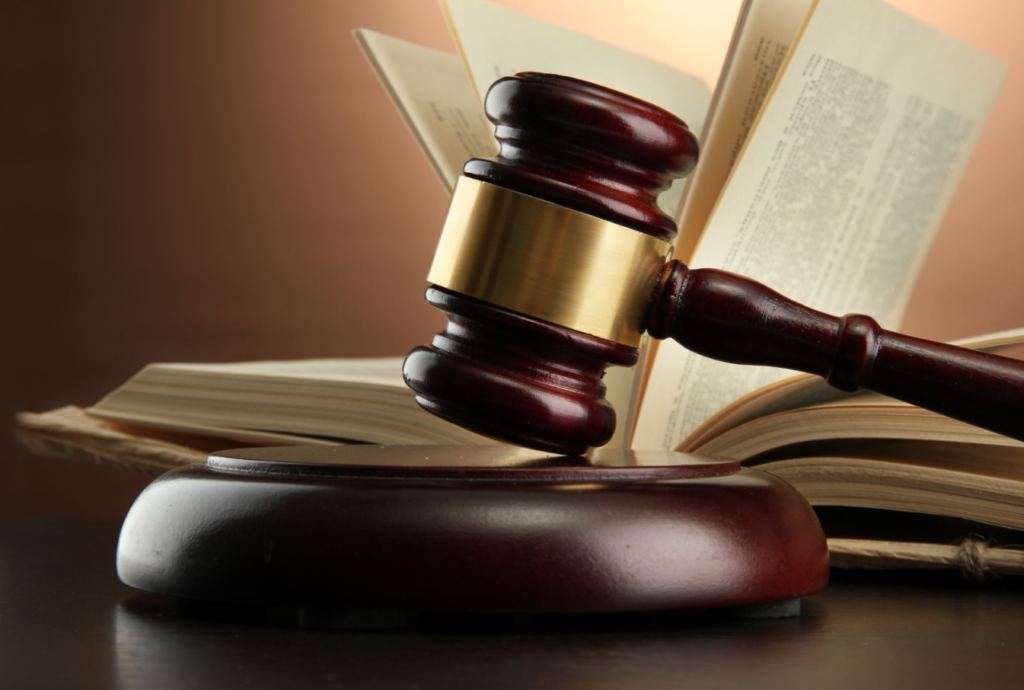On May 9, 2024, the Supreme Court held that copyright owners may obtain damages beyond the three-year statute of limitations under the Copyright Act. As this case originated from a circuit that applies the discovery rule to the Copyright Act, the Supreme Court assumed that the discovery rule applied and deferred its determination on that issue. While not explicitly stated, this decision did not disturb the three-year limitation on damages in circuits that apply the injury rule, where a claim accrues from when infringement occurs.
In 1983, Sherman Nealy and Tony Butler formed a joint venture called Music Specialist, Inc., which recorded and released one album and several singles (the “works”). The venture dissolved a few years later, and Nealy went to prison for drug-related offenses from 1989 to 2008 and 2012 to 2015. During that time, and without Nealy’s knowledge, Butler entered an agreement with Warner Chappell Music to license the works from the Music Specialist catalog.

In 2016, Nealy discovered that Warner Chappell Music was using the works without his permission and, in 2018, sued for copyright infringement, alleging that he held the copyrights to Music Specialist’s songs and that Warner Chappell and others were using the works based on invalid licenses to the copyrights that they obtained from third parties. The district court found that Nealy’s claims were timely under the discovery rule, where a claim accrues from when infringement is discovered, but that he was limited as to his recovery of damages. The district court accepted Warner Chappell’s argument that Nealy could recover damages for only those infringements occurring in the last three years. Nealy appealed to the Eleventh Circuit, which reversed and found that Nealy could recover damages beyond three years. Warner Chappell appealed to the Supreme Court on the basis that the Eleventh Circuit’s decision conflicted with the Second Circuit’s decision in Sohm v. Scholastic Inc.
The Supreme Court affirmed, finding that copyright owners may indeed recover damages beyond the three-year statute of limitation for bringing a claim. Under the Copyright Act, a plaintiff must file suit “within three years after the claim accrued.” 17 U. S. C. §507(b). However, that provision and the Act’s remedial sections do not establish a separate three-year limit on recovering damages. The Supreme Court rejected the Second Circuit’s decision, interpreting the statement that the Copyright Act’s statute of limitations allows plaintiffs “to gain retrospective relief running only three years back from” the filing of a suit to “merely describe[] how the limitations provision works when a plaintiff has no timely claims for infringing acts more than three years old.” Nealy, on the other hand, had invoked the discovery rule to bring claims for infringing acts occurring more than three years before the suit. Notably, as Warner Chappell did not challenge the discovery rule, the Court did not decide whether the discovery rule or the injury rule properly determines when a copyright claim accrues.
Although the Supreme Court has seemed to open up the gates for copyright owners to obtain relief potentially occurring many years ago, it also promotes forum shopping as copyright owners may benefit from a circuit that follows the discovery rule and infringers may be strongly motivated to file a declaratory judgment in a circuit that follows the injury rule. Regardless, this decision may be short lived should the Supreme Court later decide that the discovery rule is not tolerated under the Copyright Act.
